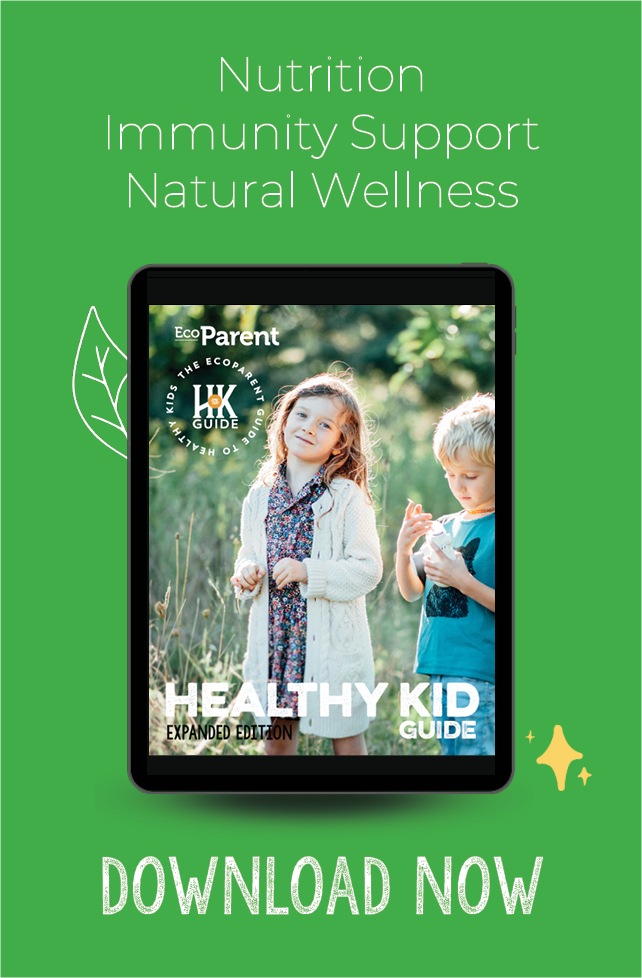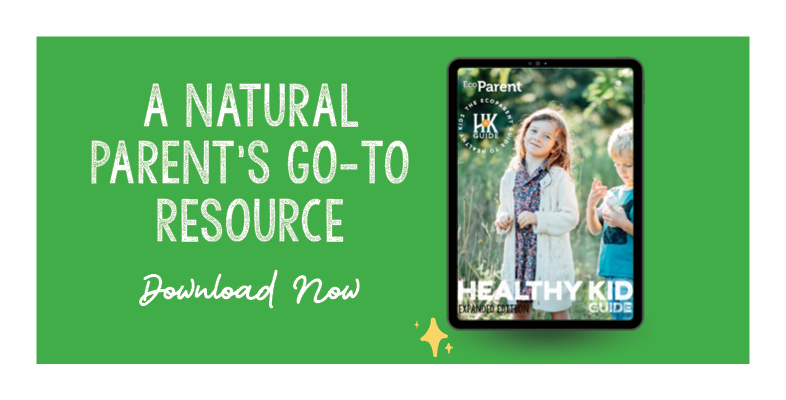Stretch marks, those silvery or purplish streaks that appear on the skin, are very common and entirely natural. They occur when the skin is stretched quickly, leading to microscopic tears in the dermis. For many, stretch marks are simply a visible reminder of life’s transitions and are nothing to be ashamed of.
For those who wish to reduce the appearance of stretch marks, it is possible, but keep in mind that while no treatment can eliminate them entirely, there are holistic, evidence-informed approaches that can help promote overall skin integrity.
WHAT CAUSES STRETCH MARKS?
Stretch marks develop when collagen and elastin (the connective tissue proteins that keep our skin supple and strong) are disrupted. This can occur due to:
- Rapid weight gain or loss
- Pregnancy
- Puberty
- Use of corticosteroids
- Medical conditions like Cushing’s syndrome or Marfan syndrome
Hormonal changes play a central role, particularly fluctuations in cortisol and estrogen. High cortisol levels can impair fibroblast function, the cells responsible for producing collagen and elastin, making the skin more vulnerable to tearing under stress.
Genetics also influence whether someone is more likely to develop stretch marks, as does skin type and tone.
CAN WE MINIMISE STRETCH MARKS?
From a naturopathic perspective, we view stretch marks through the lens of the body’s inherent ability to heal itself. Supporting this healing process involves nourishing the skin from both the inside out and the outside in, using evidence-informed practices and natural compounds.
Centella asiatica (Gotu Kola)
This adaptogenic botanical has long been used in traditional Ayurvedic and Chinese medicine to improve wound healing. Centella asiatica stimulates fibroblast proliferation, enhances collagen synthesis, and improves the tensile strength of the skin.
A 2013 double-blind, placebo-controlled study found that topical application of a Centella-containing cream reduced the incidence of stretch marks during pregnancy compared to placebo. This herb is often included in cosmetic formulations for skin repair and is generally well tolerated.
Hyaluronic Acid
Naturally present in the skin, hyaluronic acid retains moisture and plays a key role in tissue hydration and repair. A 2024 systematic review found that topical hyaluronic acid can significantly improve skin elasticity and reduce the depth of stretch marks when applied regularly.
Hyaluronic acid works best in the earlier stages of stretch mark formation, particularly when the marks are still reddish or purple, before they mature into silvery-white lines.
Vitamin A (Topical Retinoids)
Topical retinoids like tretinoin are derivatives of vitamin A that can enhance collagen production and epidermal turnover. A randomised clinical trial published in The Journal of the American Academy of Dermatology found that 0.1 percent tretinoin cream significantly improved early-stage stretch marks over 24 weeks.4 However, retinoids must be used with caution and should be avoided during pregnancy and breastfeeding. They are best applied under the guidance of a licensed practitioner.
Nutrient-Dense Foods for Collagen Support
Collagen production is a complex process that depends on adequate intake of certain nutrients such as:
- Vitamin C—essential for collagen synthesis and tissue repair
- Zinc—plays a role in wound healing and inflammation modulation
- Silica—found in cucumbers and leafy greens, supports connective tissue strength
- Gelatin or bone broth—rich in collagen peptides that may support dermal integrity
While direct links between diet and stretch mark prevention are still being explored, maintaining a nutrient-rich, anti-inflammatory diet helps support skin’s health overall.
Gentle, Natural Topicals
Many individuals opt for topical products to help improve skin texture and appearance. Some options with evidence behind them include:
- Almond oil: May help moisturise and reduce itching in pregnancy-associated stretch marks5
- Aloe vera: Shown to support skin healing and hydration, though more robust studies are needed.6
- Rosehip oil: Contains essential fatty acids and antioxidants; early studies suggest potential benefits in scar reduction.
What Doesn’t Work?
Despite the popularity of some remedies, there’s limited evidence to support cocoa butter or olive oil in significantly preventing or treating stretch marks. While moisturising is always beneficial, not all oils penetrate deeply enough to affect dermal collagen production.
STRETCH MARKS AND BODY POSITIVITY
It is Important to note that stretch marks are not a flaw to be “fixed.” They are a normal part of many life stages. From adolescence to motherhood, their appearance is shaped by genetics, biology, and personal experience. People with darker skin tones may experience more pronounced pigmentation changes with stretch marks, while those with lighter skin may notice silvery lines. These variations are normal.
Ultimately, whether you choose to embrace your stretch marks as a part of your journey or explore natural ways to minimise them, the choice is yours, and it should always be rooted in self-care, not shame.
From a naturopathic standpoint, addressing stretch marks is about supporting the skin’s natural repair process while embracing the body's resilience. Through herbal support, nutrition, targeted topicals, and a compassionate perspective, we can care for our skin in a way that is holistic, respectful, and informed by science.
Whether you’re managing recent stretch marks or supporting long-term skin health, remember, your body’s changes are not flaws; they’re signs of growth, change, and a life lived fully.






